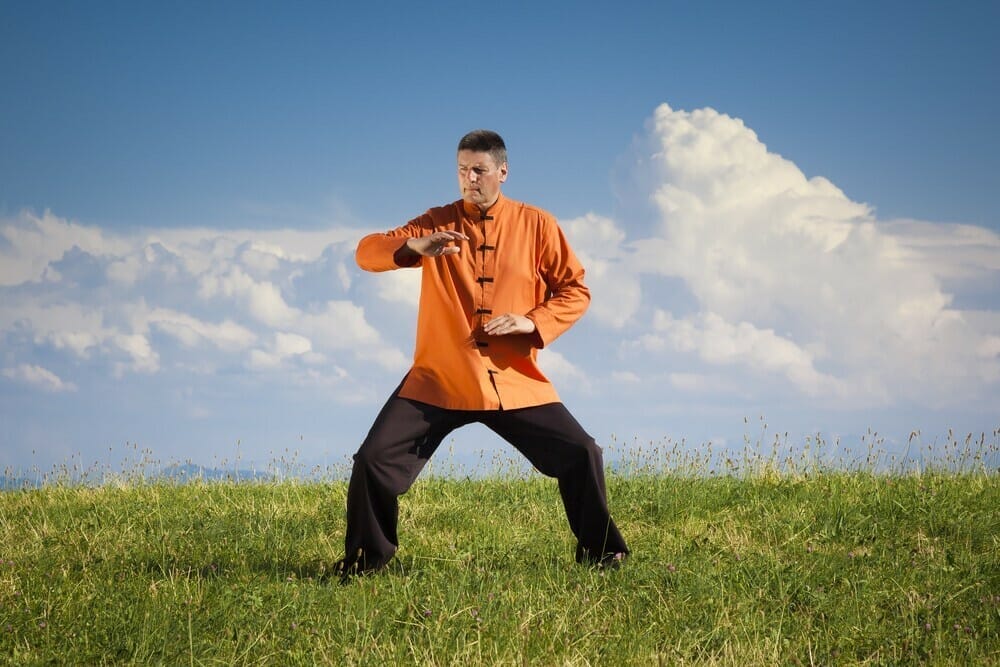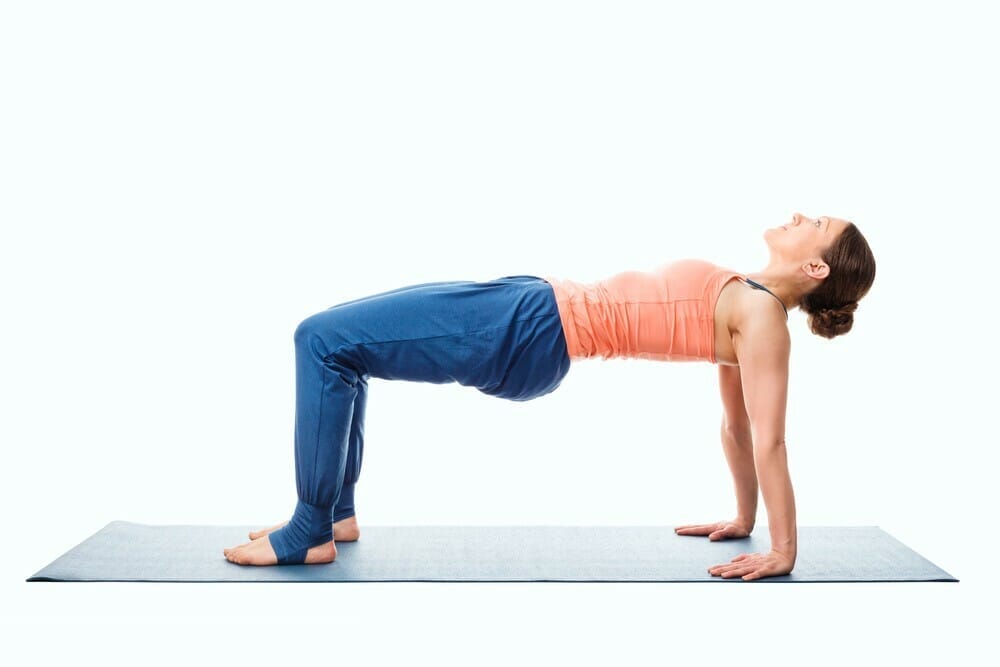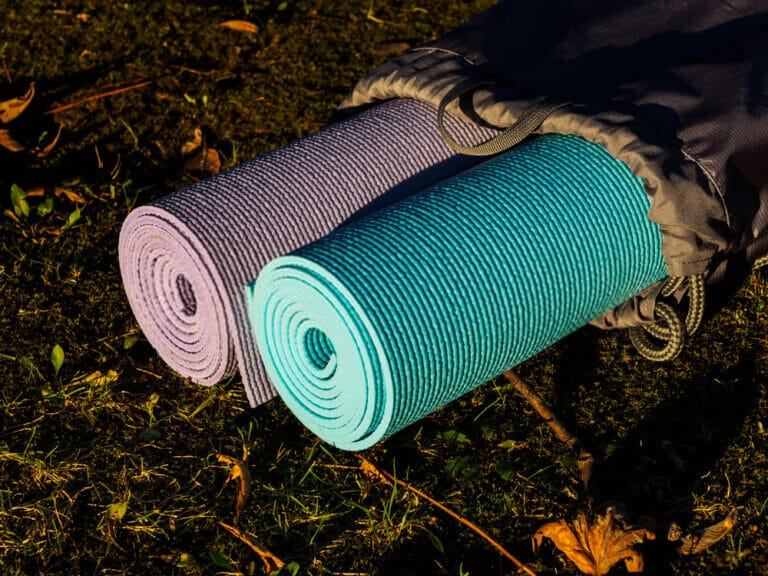Qi Gong Vs Yoga – A Comparison
Both Qi Gong and Yoga are ancient practices that promote health and vitality through physical movement and meditation.
But what is the difference between the two? And more importantly, which is better for you?
Although they are both great for health and fitness, they are very different.
Yoga has expanded in popularity in the west, and for good reasons. In some cities, it is one of the most popular sources of physical exercise. Contrarily, Qi Gong is at an earlier stage of emergence in western culture.
However, it can deliver many astounding health benefits that new practitioners are keen to discover.
This article will discuss the differences between Qi Gong and Yoga and show you how they stack up against each other.
Let’s get started!
What is Qi Gong?
Qi Gong is more of traditional Chinese movement practice. It is used for maintaining good health and increasing vitality.

The Chinese have used it for thousands of years as an exercise that promotes physical nourishment, mental healing, and mindfulness meditation.
It is based on the same principles as Yoga but is far more comprehensive. Qigong is sometimes referred to as “the forgotten art of the East” because it was suppressed during the Cultural Revolution.
However, it is now making a strong resurgence in popularity throughout the world.
It focuses on breathing and relaxation techniques. Qigong is often confused with Yoga, but they are very different.
How does Qi Gong Works?
Qi Gong works with your chi (Qi) or life force. The idea is to open yourself up to the energy in your environment so you can move it around your body.
It is similar to how an internal combustion engine collects energy and uses it to power a car.
Moving your chi becomes possible when you learn to breathe correctly, which is at the centre of qigong practice.
Qigong is not just about physical exercise but also about how it affects your mind and spirit. Your inner core will be vital when you push your body to its limits. It's yet another way to experience true happiness.
What is Yoga?
Yoga is a physical exercise system in India based on postures (asanas), breathing exercises, and relaxation techniques. These three elements are the foundation of all forms of exercise.

Yoga is an excellent exercise that can help with flexibility, strength, and relaxing the body. It is based on the same principles as Qi Gong but is a more physical practice.
It focuses on poses, stretching of muscles, and breathing techniques to promote health and wellness. Yoga has its origins in Hinduism, but today it is practised by many people of all faiths.
How does Yoga work?
Yoga works with your mind, emotions, and senses. The goal is to connect with yourself so you feel good physically and mentally.
Yoga helps you release the stress that builds up in your body every day while also helping you stay healthy. Practice makes you feel stronger, both physically and mentally.
Yoga is a more physical practice than Qigong. It helps you achieve the correct posture for each of the different positions of Yoga. As a result, you can achieve flexibility, power, mobility, and fitness with Yoga.
Similarities: Two Practices, One Intention
There is nothing hostile about the relationship between the two. On the contrary, Qi Gong and Yoga are based on remarkably similar concepts and embrace the same intention.
Both practices work with our life-force energy. In the Chinese tradition of Qi Gong, this is called Qi. Yoga practitioners sometimes refer to it as Prana. Qi and Prana are nature's most influential forces that flow in all living beings.
Each practice intends to work with this energy to prevent sickness and promote vitality. They also have a companion role in their respective schools of medicine and health.
For example, Yoga is a portion of Ayurveda and denotes "the science of existence." Qi Gong is one of the Five Branches of Traditional Chinese Medicine. The practice is about working with life force energy, known as qi.
Yoga and meditation are both paths to finding higher truth. Yoga and Qi Gong are inward journeys that take you to the source of all existence to explore the self.
Yoga reveals a similar understanding and connection to the Cosmos as Qi Gong.
It’s also fascinating that Qi Gong and Yoga each evolved with influence from the other.
Yoga comes from India, and Qigong comes from China. The history, culture, and philosophies of the two regions have developed divergently.
Hence, it is natural that there would be differences in the practices that evolved in these two great civilizations.
However, given their proximity to each other, there was a notable exchange of ideas between them.
Historically, the flow of cultural influence in this relationship has been from India to China, as the introduction of Buddhism to China.
There is also a lot of documented evidence of Chinese teachers visiting India. The cross-pollination of ideas showed up similarities and correlations between the ways they practised their arts.
Differences: Qi Gong Vs. Yoga
Both Yoga and Qi Gong have the same intention of cultivating life force energy in the body. However, they work in different ways to accomplish this goal.

For example, in Yoga, we put more attention into stretching. It is because it's one of the primary elements of releasing tension and freeing up stagnant energy.
In Qi Gong, we are more concerned with movements that replicate the behaviours and dynamics of nature. Qi Gong has martial arts roots, and so many of the stretches and postures focus on strength and flexibility.
Both practices are excellent ways to stay healthy. Yoga is more active. It involves stretches and movements that help keep your body flexible. Qi Gong is more passive, meditative, and slow-moving with its stretches.
In Qi Gong, water is regarded as the most flexible element, so there is a pressing demand for flow. Qi Gong helps you relax and loosen up. It combines movement, breathing, and meditation to loosen up your muscles and joints.
Yoga relies on the power of the breath as well. In most Yoga classes, you will breathe in through your nose for a specific amount of time before exhaling out of the mouth. The number of breaths will vary depending on which pose you are performing at that moment.
The availability of training and products for Yoga is much greater than Qi Gong. Yoga studios are everywhere, from big cities to small towns.
In addition, you can find Yoga classes at neighbourhood gyms and spas. Anywhere you go, you should see a yoga studio or a teacher who can help you.
Qi Gong is a Chinese art growing in popularity both in China and the rest of the world. However, there are not as many trained teachers or products available outside of China as for Yoga.
Conclusion: Choosing What’s Right For You
Yoga is an excellent choice for anyone who desires a deep stretching workout. Yoga often serves as an extension to more conventional exercise like running, for instance. There is no better way of releasing tension and comforting stiffness in all of your muscles.
If you seek heightened awareness or better motion control in your life, Qi Gong can be an excellent source of exercise. Qi Gong also strengthens and loosens the body, and thus it is a fantastic workout in general.
Both practices calm the mind and allow one to be more in touch with their being. Both practices also enhance overall well-being.
In short, both Yoga and Qi Gong both can lead to health, happiness, and a deeper connection with the Universe.
We can use different routes to reach the same destination. For example, Yoga and Qigong are sisters. It is your decision based on your goals, constraints, and disposition. Each of these paths will take you to a better situation in your health, mindset, and lifestyle.






